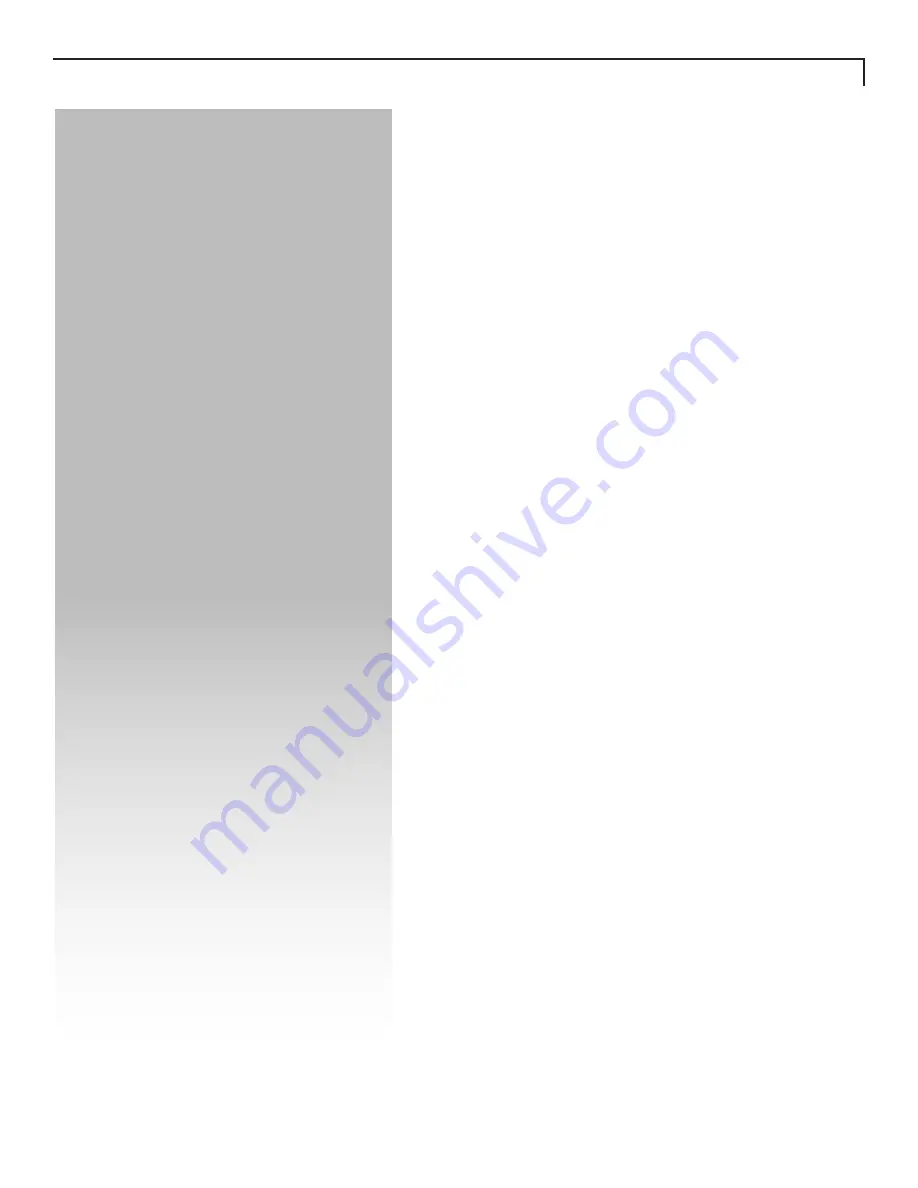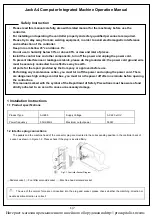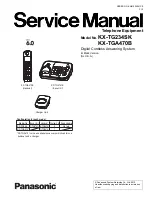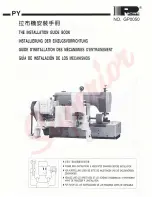
44
NEEDLE
THREAD
BREAKS
• Look for severe twisting of threads when approximately 12 to 15
inches has been pulled off, with the ends pinched together. Cot-
ton threads are particularly susceptible to dry rot or wet rot which
makes thread brittle.
• Test and set bobbin tension following instructions on (
page 24
).
Next, set top tension following instructions on (
page 25
).
• Check that the machine is threaded correctly.
• Inspect for accidental double wrapping of thread on thread guides.
• Inspect the thread mast, making sure that the eyelets of the mast are
directly over the spools.
• Inspect the vertical positioning of the thread cones. Tipped cones
can dramatically affect thread tension and can cause breakage.
• Inspect for particles and remove any fuzz or debris.
• Make sure the bobbin is wound smoothly. If it appears to be okay,
then change the bobbin. The slightest hesitation of the bobbin rota-
tion can be the cause of dramatic tension change and thread break-
age.
• If needle shows damage, replace needle immediately. Make sure the
needle is installed to the top of the stop/sight opening in the needle
bar. Change the needle at least once per quilt.
• Replace the needle to one better suited for the thread. Use the
proper size needle.
• Move more quickly so stitches don’t build up or overlap. When
starting the machine, begin moving immediately. Sewing in one
place too long will cause the thread to break.
• Timing of the machine is improper. Consult a repair technician.
• If thread is shredding at the throat plate, check for burrs or jag-
ged edges. Gently rub with metal cloth to remove the sharp edge.
Consult a repair technician to polish any hard-to-reach or delicate
areas, or if the burr is inside the throat.
Problem Cause
Correction
Thread cones/spools
may have abraded
thread casing, severe
twisting or thread rot
Top and bobbin
tensions not balanced
The machine head
has been threaded
incorrectly or thread
spools are not
positioned correctly
Particles in tension discs
Bobbin rotation is
not smooth
Needle is burred, bent
or dull, or installed
incorrectly
Needle not suited for
thread
Hesitating too long at
one point in pattern
Improper needle/hook
relationship
Damage or burr at
needle hole of throat
plate or other thread
handling part
Summary of Contents for Crown Jewel III BLCJ18-3
Page 1: ...3 ...






































